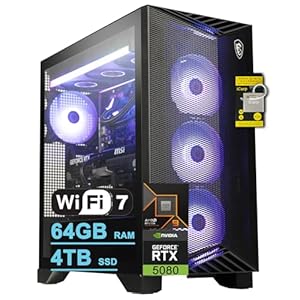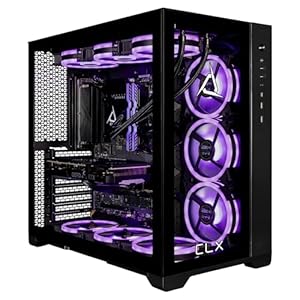
When selecting the best graphics card for your gaming rig, you’ll want to weigh various factors carefully. Determining the ideal fit for your gaming needs is just the beginning. Compatibility, performance, and future-proofing are all essential considerations. But how do you navigate the sea of options to find the perfect match for your gaming setup? Let’s delve into the intricacies of making this crucial decision.
Understanding Your Gaming Needs
To determine the right graphics card for your gaming PC, consider your gaming needs carefully. Think about the types of games you play and the level of performance you desire. If you enjoy playing graphically intensive games like first-person shooters or open-world RPGs, you’ll need a high-end graphics card to handle the demanding visuals smoothly.
On the other hand, if you mainly play less demanding games like indie titles or older classics, a mid-range graphics card may suffice.
Consider the resolution of your monitor as well. Higher resolutions require more graphical power to deliver crisp and clear images. If you have a 1080p monitor, a mid-range graphics card should work well. However, if you game on a 4K monitor or use a multi-monitor setup, you’ll need a top-of-the-line graphics card to ensure a smooth gaming experience at those higher resolutions.
Researching Graphics Card Compatibility
When researching graphics card compatibility, ensure that the card you choose is compatible with your motherboard’s PCIe slot. The PCIe slot is where the graphics card connects to the motherboard, and different motherboards support different versions of PCIe slots. Check your motherboard’s specifications to see which generation of PCIe slot it has, such as PCIe 3.0 or PCIe 4.0, as this will determine the compatibility with the graphics card you’re considering.
Additionally, consider the physical dimensions of the graphics card and the space available in your PC case. Some graphics cards are larger and may not fit in smaller cases. Measure the available space in your case and compare it to the dimensions of the graphics card to ensure a proper fit.
Lastly, check the power supply requirements of the graphics card. Some high-performance cards require additional power connectors, so make sure your power supply unit has the necessary connectors and enough wattage to support the new graphics card.
Comparing Performance and Price
Consider the balance between performance and price when evaluating graphics card options for your gaming PC build. When comparing different graphics cards, it’s essential to look at their performance benchmarks in relation to their price tags. Higher-priced cards often offer better performance, but you need to assess whether the performance increase justifies the cost for your specific gaming needs.
Look for reviews and comparisons online to see how different cards stack up against each other in terms of frame rates, resolutions, and settings for the games you enjoy playing.
Additionally, keep an eye out for sales, discounts, or bundled deals that could make a higher-tier graphics card more affordable. Sometimes, waiting for a new release can also drive down the prices of older models without sacrificing too much performance. Remember that finding the right balance between performance and price is key to maximizing the value of your investment in a graphics card for your gaming setup.
Considering Future Upgradability
As you plan your graphics card choice, keep future upgradability in mind to ensure long-term compatibility with evolving gaming technologies. When selecting a graphics card, consider factors like the card’s architecture, VRAM capacity, and support for emerging technologies like ray tracing and DLSS. Opting for a graphics card with a higher VRAM capacity can help ensure smoother performance in future games that may demand more memory. Additionally, choosing a card with the latest architecture and features will better equip your system to handle upcoming gaming advancements.
To enhance future upgradability, look for graphics cards with PCIe 4.0 or higher support, as this can provide faster data transfer speeds and improved performance with newer CPUs and motherboards. Investing in a card with multiple DisplayPort and HDMI outputs can also future-proof your setup for advanced display technologies and multi-monitor configurations. By considering these aspects of future upgradability, you can make a more informed decision when selecting a graphics card that will serve your gaming needs well into the future.
Trending Products














